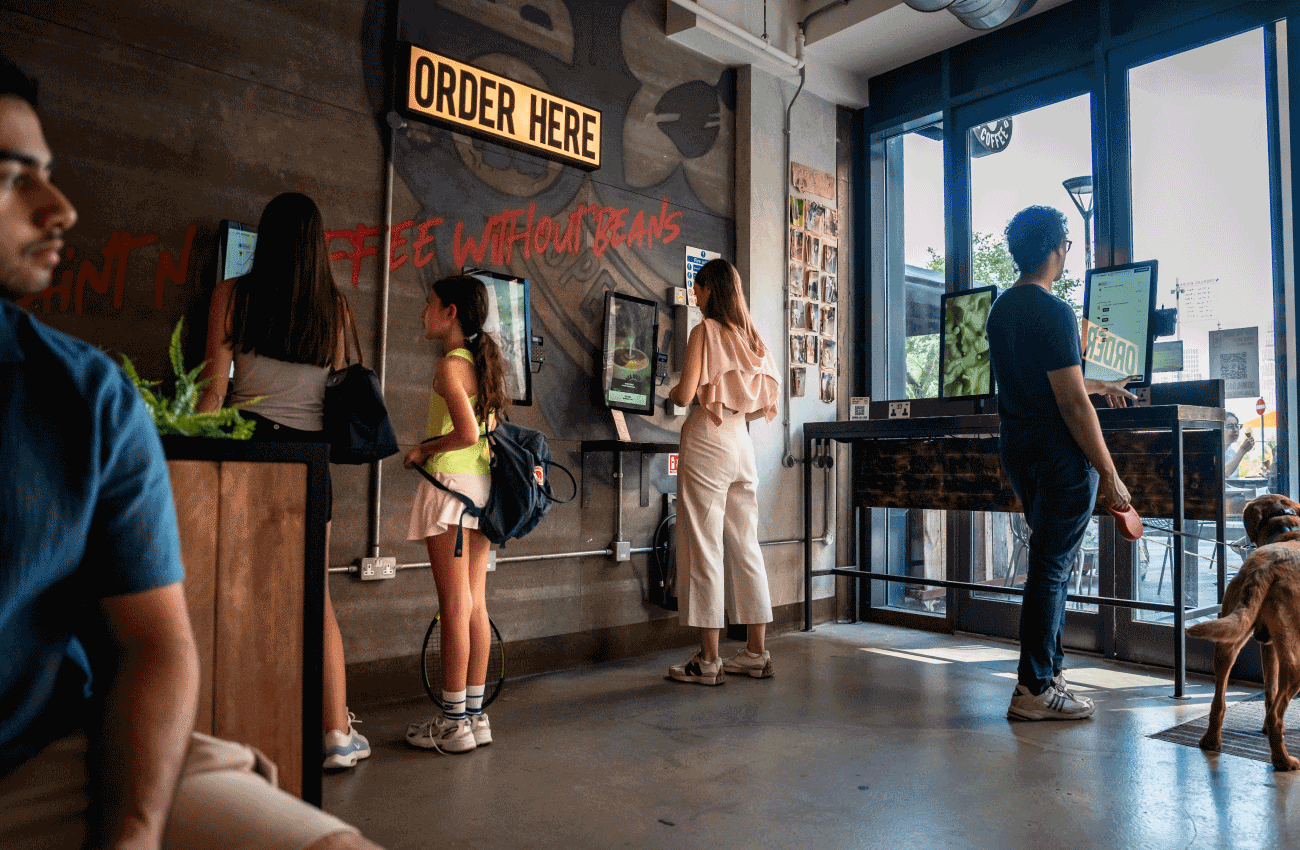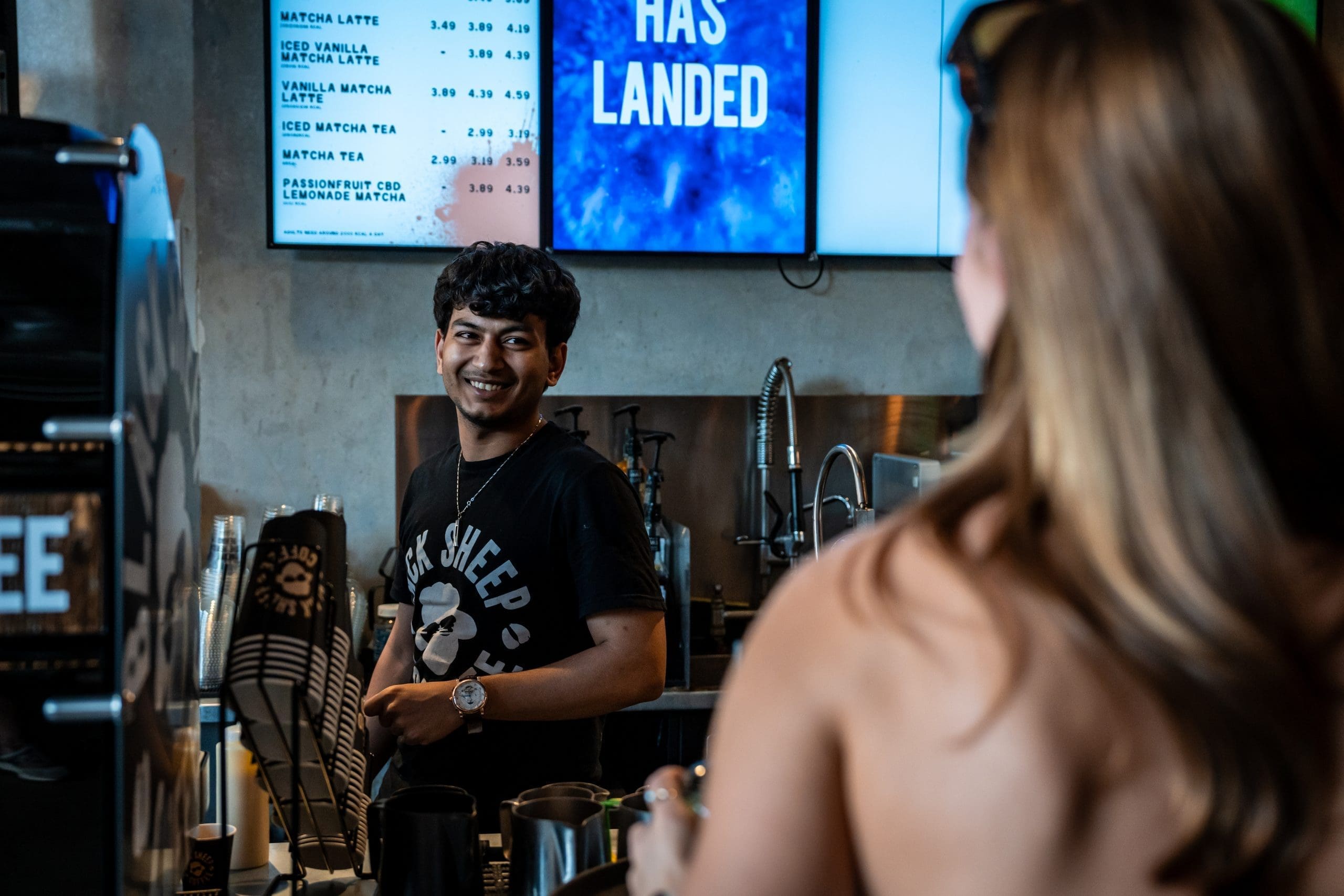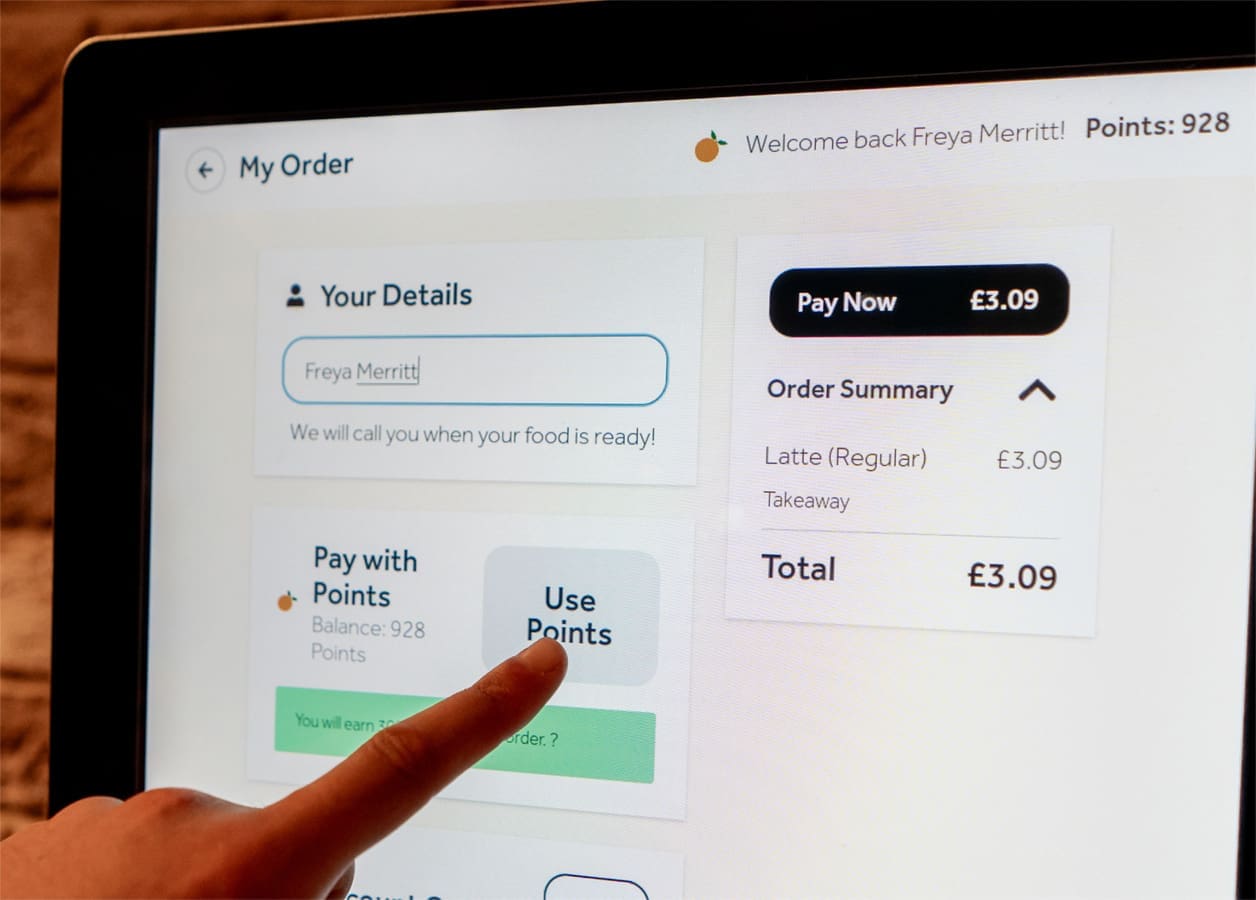The role of technology in driving efficiency
A look at technology’s role in driving efficiency for hospitality operations, and strategies you can implement today to get the most out of your tech.

The stats don’t lie: customers increasingly expect to see a variety of digital ordering channels and prefer to use them.
The development of new tech has played an enormous part in the direction of the hospitality industry in the last few years. Self-serve kiosks, Mobile Order & Pay, third-party delivery, and other services have all become regular touchpoints for diners. However, one of the big questions is whether customers want all this tech?
The short answer? Yes, they do.
When implemented in a way that makes the customer experience frictionless and easy, the stats show that customer preference is firmly leaning towards digital ordering channels.
Read on for a deep dive into data that demonstrates just how important tech is if you want to deliver your customers the experience they expect…
In our report ‘Building a restaurant of the future with self-serve kiosks’ in partnership with KAM, we found that 64% of consumers said they would order more via self-serve kiosks.
This jumps to 92% for Gen Z customers and 82% for Millennials.
60% of people would be influenced to choose one outlet over another based on its kiosks, and 64% say they would visit more often if they were available.
The main reason is that customers find them quick and easy to use.
46% feel that not having to queue is a benefit, while 63% say browsing the menu on a kiosk is easier than via a menu board.

And these findings are echoed across the industry.
In their report, The Digital Divide: Technology, the Metaverse and the Future of Dining Out, PYMNTS reported that 51% of grab-and-go customers say ordering through a self-service kiosk would positively impact their satisfaction.
Their research came with a warning, though:
“For restaurants, there is such a thing as too much technology,” the report states. “39% of consumers said restaurants have become increasingly less personal. 77% of restaurant customers said staff friendliness is the most important feature a restaurant needs to provide.”
But restaurant tech doesn’t have to come at the expense of a personal and friendly experience.
Personalisation must be built into digital ordering
Mastercard recently pointed to smart personalisation as a key trend for the industry in 2024.
“When a diner uses their app, visits the site or orders at a digital kiosk, contextual factors and data can be used to tailor the diner’s experience and suggest items based on past purchases, current trends, time of day or even weather.”
Similarly, Forbes noted a real demand for personalised dining experiences “with consumers expecting restaurants to cater to their individual preferences.”
“Technology is crucial in this trend,” Forbes says, “as data analytics enable restaurants to understand customer behaviour and tailor offerings accordingly.”
For a real-world example, Alexander Jerejian from Salsa Shop points to how data alerted their business to the particular needs of younger customers.
“The younger generation doesn’t come out during our peak time, because it’s lunch, and after that traffic goes down,” he says. “But through the data, you can see in the location where we have kiosks that the younger generation are coming and using the kiosk after peak. So that makes your entire day high traffic.”
Discover how to future-proof your brand and unlock growth with our guide, delivering a route to change that will make the process less daunting.
New tech is certainly useful in saving on labour costs. But can also be used to free up the time for your team to focus on more important jobs than taking manual orders and payments at the POS.
Employees can be better redeployed to other areas, where they can focus more on a friendly experience for guests.
“It’s about knowing the tech is there to enable your people to be people. What you’re trying to do is streamline all of your order processes, and make sure that you’re freeing up people to have that genuine human connection,” said Rosie Hill, Head of Ecommerce at GAIL’s Bakery.

Digital ordering via kiosks is a real opportunity to rethink restaurants with a modern, transformed focus on the customer experience. But, as the 2023 Mastercard report points out, when it comes to other digital channels there’s still a gap between consumer demand and what brands are delivering.
While they found that most restaurants have seen the need to invest in mobile apps, only 49% have rolled them out. This is despite 90% of consumers saying they were satisfied with their Mobile Order & Pay experience.
GAIL’s have seen this customer satisfaction via mobile channels first hand, with their loyalty app boosting customer engagement for the craft bakery brand.
“Nearly a third of our customers are using the loyalty app, which is one of the highest engagements across the industry,” Managing Director Marta Pogroszewska says. “We love that people are so passionate about the loyalty scheme.”
Mastercard expects global membership in digital loyalty programs to reach a massive 32 billion by 2026. GAIL is certainly one of the brands leading the charge here. But there’s still a massive gap for other hospitality businesses to adopt them, too.
Those that don’t will only lose ground to those that do.
Consumers expect digital restaurant experiences, and they expect a range of different channels to choose from.
But it’s not about separate channels working as islands.
Your customer journey needs to feel consistent between one ordering channel and the others, to boost digital adoption as well as brand engagement. If one channel looks and feels different to another, your customers won’t feel like you’re delivering a cohesive experience.
And when it comes to loyalty, you need to ensure it works as a single programme across your digital estates. Whether they’re ordering via Click & Collect, a kiosk or at the POS, customers should be able to earn and redeem points towards a single goal. Fragmented loyalty schemes come at the cost of customer satisfaction, delivering a frustrating experience that deters engagement.

Delivering the tech that consumers demand should be top of your priorities.
But when building these order channels, you also need to ensure that you’re equipping your team to manage them efficiently.
Centralising your Kitchen Management System, for example, will ensure your kitchen won’t descend into tablet hell, where every channel feeds into a different screen. Instead, orders from every order channel—including third–party delivery—will all appear on the same screen. This makes it much easier and faster for your teams to fulfil orders. Your kitchen is working off a single source of truth.
Remember, with every channel you add, you add another menu that needs to be manually updated.
Don’t work through the night making the same update across multiple menus. A single menu management system means you can make an update once, and push it out to every channel you work with. From deals and promotions to price changes, this minimises sinking labour time into updating multiple fragmented platforms.
Tech needs to be a help, not a hindrance to you, your staff and your customers. And it absolutely can be.
The stats don’t lie: customers increasingly expect to see a variety of digital ordering channels and prefer to use them.
But this has to be backed up with a winning customer experience, and that depends on your channels working smoothly together. Book a chat with one of our hospitality tech experts and discover how your operation can deliver customers exactly what they want well into the future.
A look at technology’s role in driving efficiency for hospitality operations, and strategies you can implement today to get the most out of your tech.


The right hospitality tech partner does more than provide software. They collaborate, innovate, and scale with your business.
